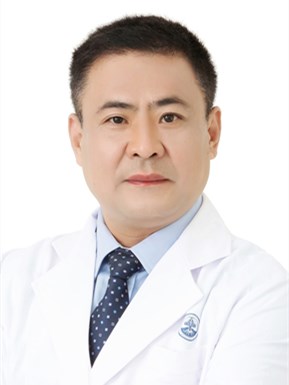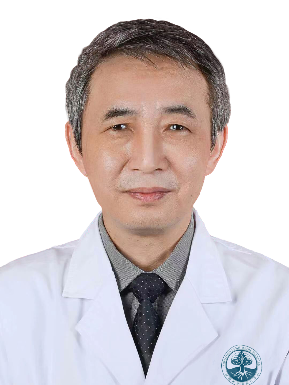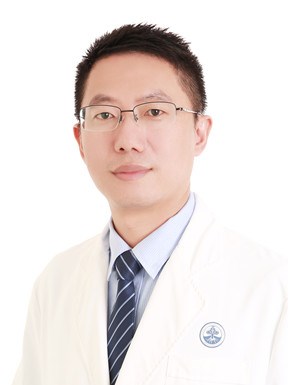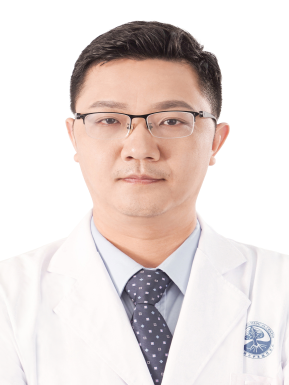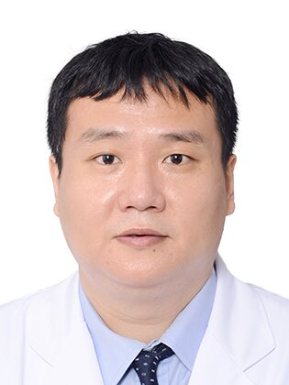The Gastroenterology Department of Shenzhen Samii International Medical Center (The Fourth People’s Hospital of Shenzhen) includes 3 sections: clinic, ward, digestive endoscopy center, and has 28 medical staff, including 2 chief physicians, 3 associate chief physicians, 2 attending physicians and 3 resident physicians, consisting an experienced nursing team. The talent echelon of the department is reasonable with solid technical strength.
Scope of diagnosis and treatment:
1. Esophageal diseases: including esophagitis, esophageal cancer, esophageal stenosis, foreign body in esophagus, esophageal diverticulum, achalasia of cardia, etc.
2. Gastric diseases: gastritis, dyspepsia, peptic ulcer, gastric stromal tumor, gastric cancer, gastric polyps, gastrolithiasis, etc.
3. Intestinal diseases: acute and chronic diarrhea, constipation, radiation enteritis, ulcerative colitis, Crohn's disease, irritable bowel syndrome and intestinal tuberculosis, colorectal polyps, acute and chronic appendicitis, internal hemorrhoids and various benign and malignant tumors of the intestine.
4. Digestive tract tumor: patients with early esophageal cancer, early gastric cancer, early colorectal cancer treated with endoscope.
5. Hepatobiliary diseases: including various types of viral hepatitis, hepatic failure, drug-induced liver injury, alcoholic liver disease, genetic metabolic liver disease, autoimmune liver disease, jaundice and ascites caused by various reasons, liver cirrhosis, liver cancer, hepatic encephalopathy, hepatorenal syndrome, liver cyst, liver abscess, acute and chronic cholecystitis, cholelithiasis, choledocholithiasis, biliary tumor, etc.
6. Pancreatic diseases: acute and chronic pancreatitis, benign and malignant tumors of pancreas, etc.
7. Gastrointestinal bleeding: hematemesis, tarry stool, bloody stool and other upper and lower gastrointestinal bleeding caused by various reasons.
8. Patients with percutaneous endoscopic gastrostomy (PEG): including patients who cannot feed orally due to various reasons and whose gastrointestinal normal function needs long-term tube feeding nutrition (> 4 weeks) (such as neuroglobus paralysis caused by cerebral infarction sequelae, unable to feed orally after throat surgery, dysphagia caused by long-term coma and neuromuscular diseases, etc.).
9. Abdominal pain, vomiting, abdominal distension, apocleisis, hiccup, etc. to be examined.
10. Patients who need examined and treated by gastroscopy, colonoscopy, duodenoscopy, endoscopic ultrasonography, capsule endoscopy and enteroscopy.
11. Refractory reflux disease, unknown cough and iron deficiency anemia.
Department equipment:
The digestive endoscopy center of the Gastroenterology Department is equipped with multiple advanced equipment including OLYMPUS endoscopic system, electronic gastroscopy, electronic duodenoscopy, electronic colonoscopy, chromoendoscopy (NBI/dye), magnifying colonoscopy, and C13 breath test detection system, and ERBE high frequency electrotome and other high-end endoscopic treatment and surgical equipment.
Endoscopic treatment items:
1. Endoscopic resection of gastrointestinal polyps
2. Removal of gastrointestinal foreign body
3. Diagnosis of early cancer and precancerous lesions by gastrointestinal mucosa staining or stripping biopsy
4. Ligation of esophageal varices and tissue adhesive injection of gastric varices
5. Endoscopic retrograde cholangiopancreatography (ERCP)
6. Endoscopic sphincterotomy (EST) lithotomy
7. Endoscopic mucosal dissection (ESD) of early cancer
8. Endoscopic retrograde appendicitis therapy (ERAT)
9. Submucosaltunnel endoscopic resection (STER)
10. Endoscopic treatment of internal hemorrhoids
11. Endoscopic dilatation and stent placement for digestive tract stenosis
